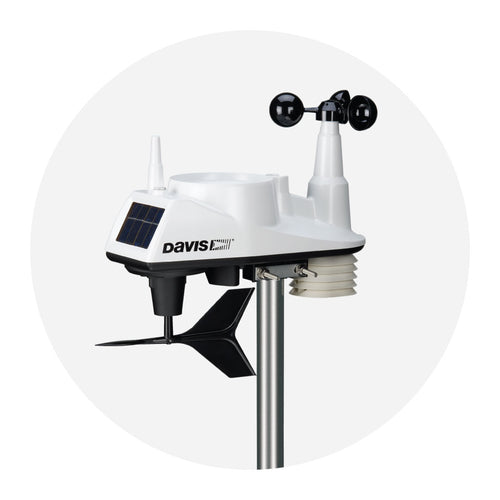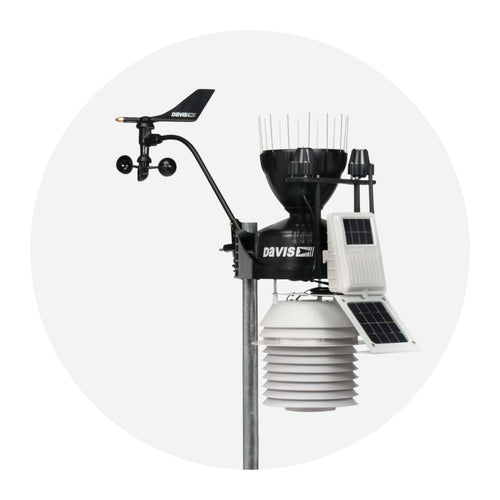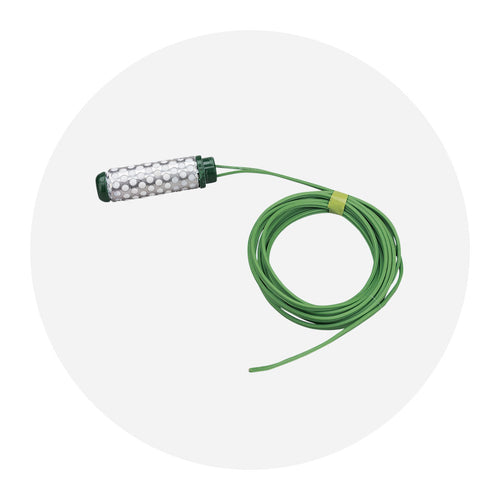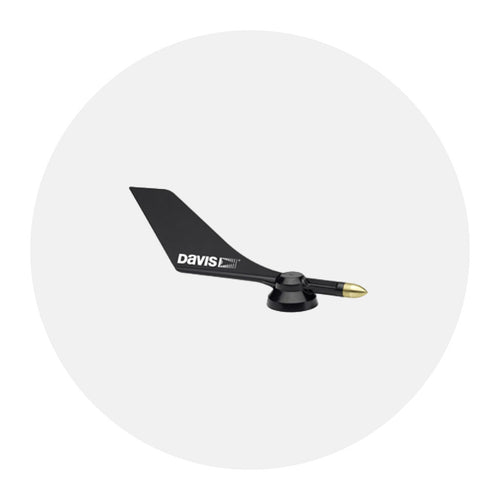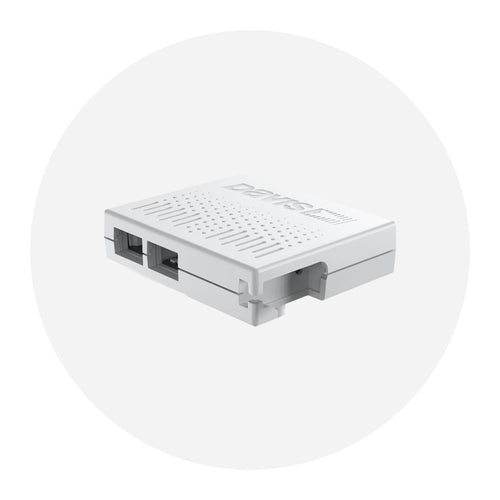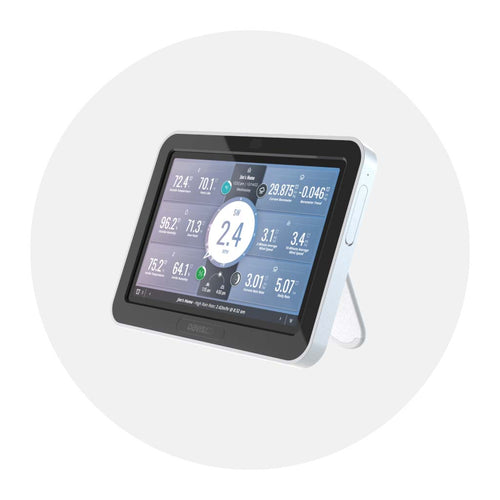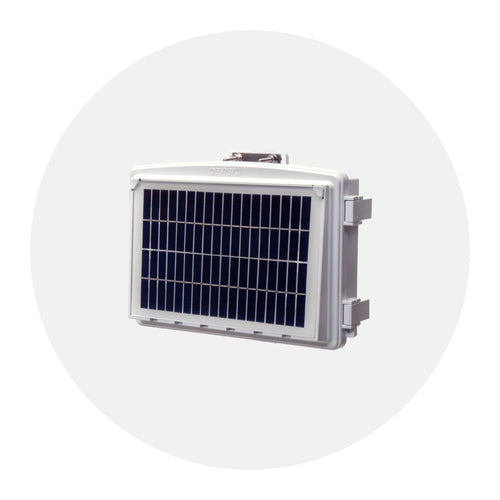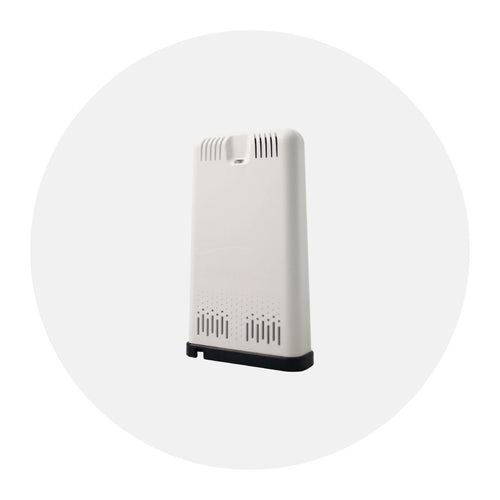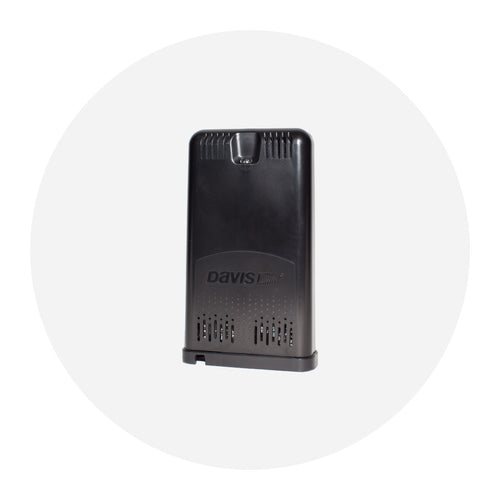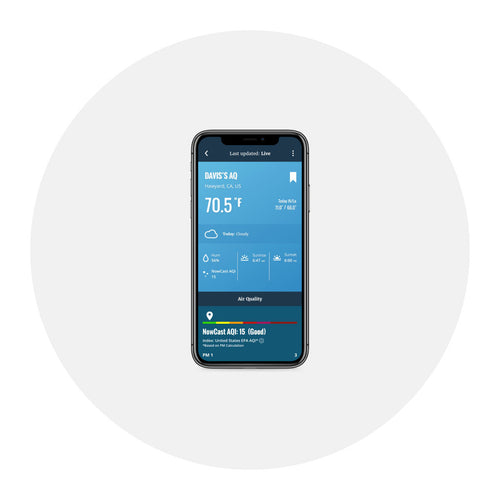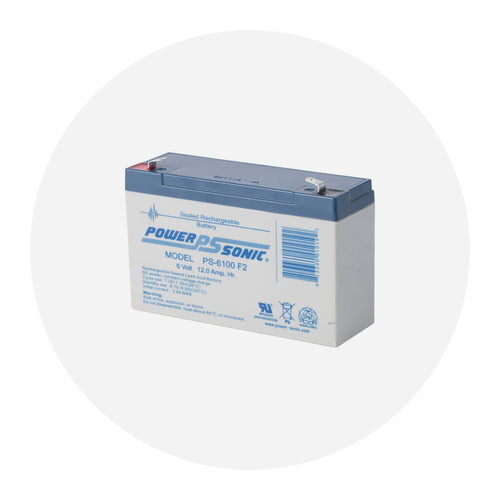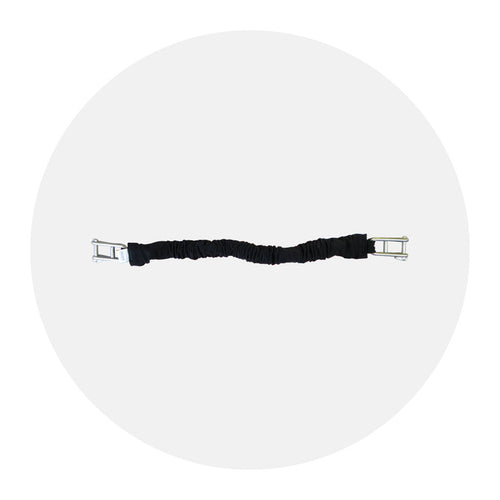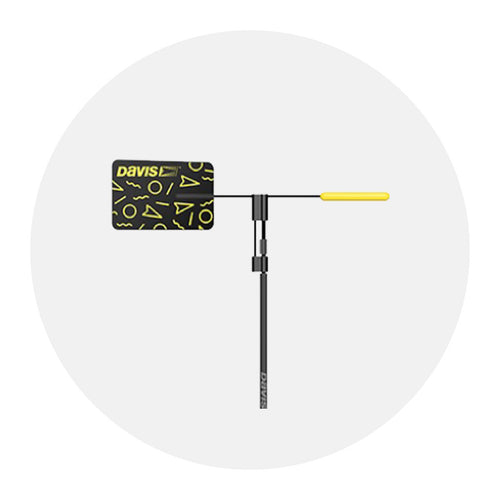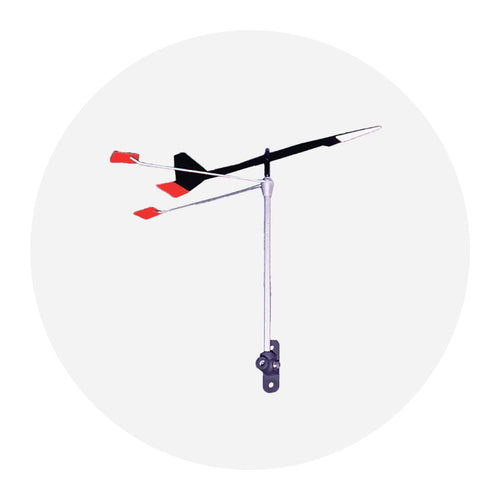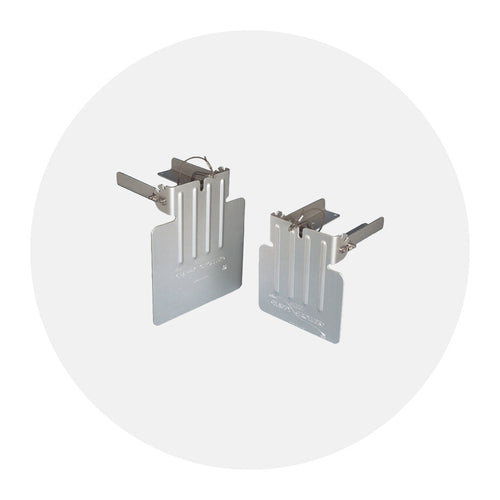|
A UV sensor is an excellent piece to add to your arsenal of weather sensors. A UV radiation sensor is useful for those who wish to reduce exposure to UV radiation, but it is also a necessity in certain testing environments. For companies that make products that are sensitive to UV light, a UV light sensor is a helpful tool used to create optimal product storage environments. |
 |
Davis Instruments UV index sensor measures the sunburning portion of the UV spectrum. It measures global solar UV irradiance: the sum of the components of solar UV transmitted directly and those scattered in the atmosphere. It reports the UV index, dose rate, and daily and accumulative doses of UV light. This sensor is an excellent addition to the Vantage Pro2 weather station. In addition, it can be installed on a Sensor Transmitter, reporting to a WeatherLink Live; or in an EnviroMonitor Node, reporting to an EnviroMonitor Gateway.
How does a UV sensor work?
The sensor collects UV light and converts it to an electrical signal. Two types of light sensors are available. One uses a photodiode and the other uses a photoresistor.
-
Photodiode-type UV sensor
A photodiode-type UV sensor measures illuminance. When light strikes the photodiode, it energizes the electrons, which causes an electric current. The electric current will be stronger in response to brighter light. The electrical current can then be measured and transformed into a digital or analog output. -
Photo-resistor UV sensor
A photo-resistor UV sensor works by measuring a change in resistance that is caused by the light available. These types of sensors are less accurate than those that use a photodiode and are usually limited to applications where the only information needed is whether the light is on or off. They can also be used to compare relative light levels in a space.
Davis instruments UV light sensor uses photodiode technology that allows a more accurate picture of the UV light present. Photodiode technology is similar to that used in solar panels. It is also the most useful for scientific use where accuracy and sensitivity are important.
What is a UV sensor made of?
The UV index sensor uses a hermetically sealed silicon photodiode. Silicon is the material of choice for applications where sensitivity and stability are important. Silicon also has a fast response and is efficient at collecting the charge created on the surface of the diode when light strikes it.
Photodiode technology continues to develop in response to challenges in the solar panel field, and sensor technology will benefit from these innovations, too. Davis instruments keeps pace with these changes and strives to offer the most advanced systems and state-of-the-art technology possible in its UV detectors. Whether you need a UV sensor for your weather station or part of a manufacturing process, Davis Instruments’ sensors will provide many years of accurate data collection.


